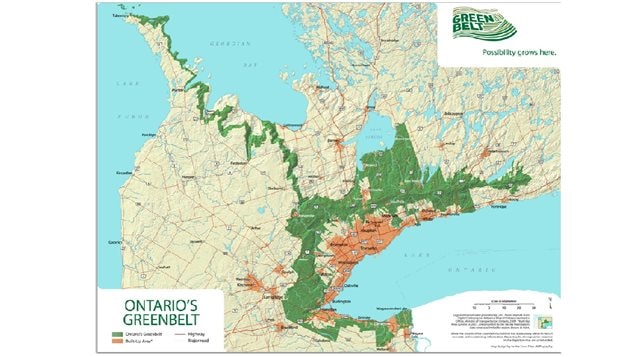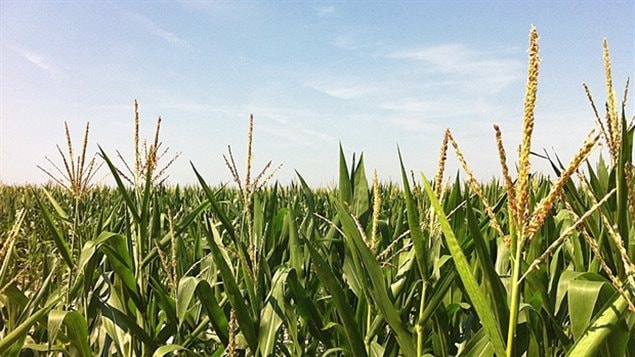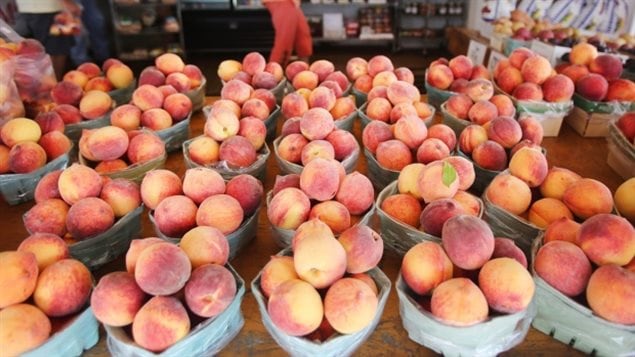Southern Ontario is the most heavily populated area in Canada. The region is colloquially known as the “Golden Horseshoe”, the relatively prosperous area stretching from just east of Toronto, around the end of Lake Ontario, through Hamilton to St Catharines and the Niagara Peninsula.
Although relatively heavily populated and a long time manufacturing and industrial region, it also has some of the country’s best farmland, including one of the two rare places in Canada currently capable of growing tender fruit such as peaches cherries, and plums, and of course wine grapes. The Niagara Peninsula is one of two major wine regions in Canada.
Although a Greenbelt Act was passed in 2005 to protect some 1.8 million acres of land from urban sprawl, an environmental group and farmer’s group have joined forces to say it’s not enough.

Environmental Defence and the Ontario Federation of Agriculture (OFA) have released a report called “Farmland at risk: Why land-use planning needs improvements for a healthy agricultural future in the Greater Golden Horseshoe.”
Report –HERE– with pdf download of full report or executive summary
They say that 75 percent of prime farmland in the region lies outside the greenbelt protection, and therefore remains vulnerable to exploitation from developers.
In a press release, Environmental Defence Executive Director Tim Gray is quoted saying, “Once soil is paved over, it’s lost forever, It’s time for a new perspective that sees agriculture as an essential component of our economy and cultural heritage, rather than being considered an afterthought.”
The release also quotes Dan McCabe, OFA president “If we want to support a local food economy we need to give farmers certainty that their land is protected and valued. The current provincial land-use planning rules see farmland as development land in waiting. This discourages investment in farm businesses and fails to recognize agriculture as a long-term economic activity.”
The report highlights the importance of farming in the region. It says farming contributes contributing $11 billion and 38,000 jobs to Ontario’s economy.

It also says a strong and stable agricultural industry is critical to the long term economic health of the province.
The report highlights population growth in the region, estimated to grow by an additional 2.5 million people in a little over a decade. The groups say this puts enormous pressure for urban sprawl into the unprotected farmland, most of which is Class 1 prime farmland.
The report makes a number of recommendations including
- Freeze urban boundaries in the GGH (Greater Golden Horseshoe) until 2031 and possibly 2041, as there is more than enough land within existing municipal boundaries to accommodate forecasted growth.
- Tie allocation of provincial infrastructure funds to municipalities meeting intensification targets.
- Require municipalities to conduct Agricultural Impact assessments when planning strategies affect agricultural areas
The group seeks to have a more planned approach to growth in the region, one that meets both the needs of a growing urban area but which also ensure a viable and healthy farming base which can continue to supply locally grown foods.







For reasons beyond our control, and for an undetermined period of time, our comment section is now closed. However, our social networks remain open to your contributions.